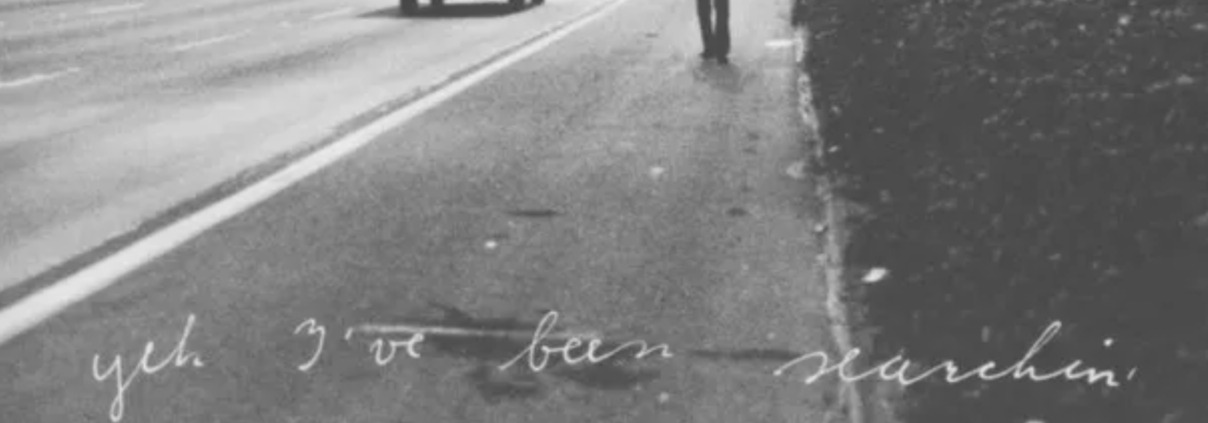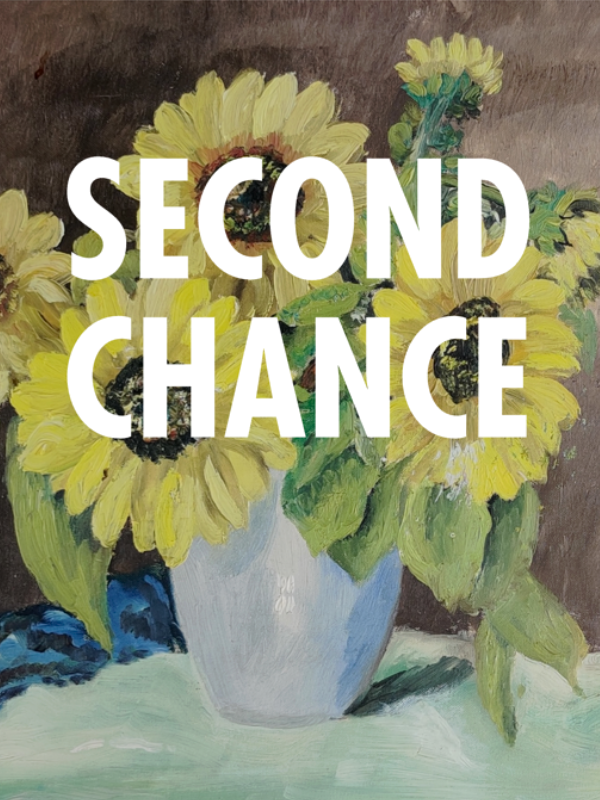The End of the Miraculous
BY: -

On July 9, 1975, Bas Jan Ader departed from Cape Cod on what would be a one-way journey in search of the miraculous. Much speculation surrounds the mysterious disappearance of the Dutch artist: he was an experienced sailor, having crossed oceans before; what difficulties did he encounter this time? And what became of his boat, found and then vanished without a trace?
This voyage marked the interruption of the triptych titled 'In Search of the Miraculous,' which would have seen the artist exploring Amsterdam after landing on the Dutch shores. But what if it were otherwise? What if landing on Dutch shores had never been part of the plan, but rather letting the waves of the River Styx carry away the old Bas Jan Ader to allow him to return in the guise of a new man and artist in search of the Miraculous?
Some may consider it baseless speculation, others sheer madness, but some clues we have gathered compel us to ask this question. It is precisely in those years that an artist with a Panamanian past emerges onto the New York art scene. An artist who, in a sense, has made the 'American miracle' and its icons a symbol of his work: Richard Prince.
Initially, the simple hypothesis that Bas Jan Ader could have started a new life in the USA as Richard Prince seemed so absurd that it couldn't even be considered. But what if this thesis gained credibility precisely because it is utterly improbable? The world is full of absurd events, but in this case, the absurdity reaches such a level as to seem almost artificial. Out of caution, we decided to further investigate the mystery, and to do so, we turned to a calligrapher to see if the handwriting of the two artists could somehow match. To our surprise, we discovered that not only do the two calligraphies not match, but they could not be more different. Almost as if the two (two?) artists had done their best to differentiate the calligraphies from each other. And can we overlook the fact that among the most iconic of their works there are men riding? One on a bicycle next to an Amsterdam canal and the others on horses in the American frontier.
Can we also define this as a coincidence? Well, perhaps we can, and indeed, we must. After all, years have passed, and we are still searching for that miraculous, but we hope that Bas, wherever he may be, has found it.
This voyage marked the interruption of the triptych titled 'In Search of the Miraculous,' which would have seen the artist exploring Amsterdam after landing on the Dutch shores. But what if it were otherwise? What if landing on Dutch shores had never been part of the plan, but rather letting the waves of the River Styx carry away the old Bas Jan Ader to allow him to return in the guise of a new man and artist in search of the Miraculous?
Some may consider it baseless speculation, others sheer madness, but some clues we have gathered compel us to ask this question. It is precisely in those years that an artist with a Panamanian past emerges onto the New York art scene. An artist who, in a sense, has made the 'American miracle' and its icons a symbol of his work: Richard Prince.
Initially, the simple hypothesis that Bas Jan Ader could have started a new life in the USA as Richard Prince seemed so absurd that it couldn't even be considered. But what if this thesis gained credibility precisely because it is utterly improbable? The world is full of absurd events, but in this case, the absurdity reaches such a level as to seem almost artificial. Out of caution, we decided to further investigate the mystery, and to do so, we turned to a calligrapher to see if the handwriting of the two artists could somehow match. To our surprise, we discovered that not only do the two calligraphies not match, but they could not be more different. Almost as if the two (two?) artists had done their best to differentiate the calligraphies from each other. And can we overlook the fact that among the most iconic of their works there are men riding? One on a bicycle next to an Amsterdam canal and the others on horses in the American frontier.
Can we also define this as a coincidence? Well, perhaps we can, and indeed, we must. After all, years have passed, and we are still searching for that miraculous, but we hope that Bas, wherever he may be, has found it.

